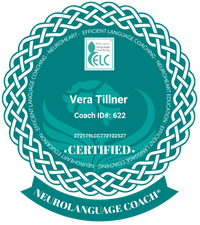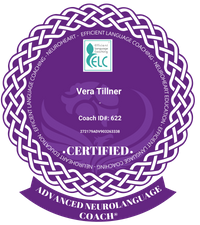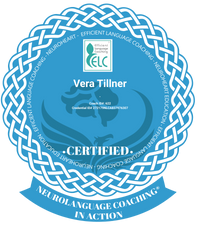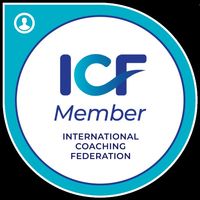Suchen
Kategorien
2023-01-20
Book Review: Brain Friendly Grammar by Rachel Paling
How to fall in love with grammar
Reviewed by Vera Tillner
Following last month’s featured article about Neurolanguage Coaching, this month we highlight an exciting book about brain friendly grammar conversations.
There are many reasons why a teacher might feel negative about teaching grammar. Insecurity is one of them and is seen in both native and non-native speakers. Standing in front of a group and their learners expecting them to know terminology or the answer to a spontaneous question about grammar can be a pretty scary feeling. It is a moment when your brain goes blank and you lose your gut feeling for English.
So if you have ever experienced a grammar teaching moment like that, you will certainly feel intrigued by Rachel Paling’s back cover text which promises “quiet brain friendly conversations” and a “break-down of areas to cover […] that neither coach nor learner will ever feel lost with grammar again.”
The book is divided into three parts:
• Part A: Gives the theory behind Rachel Paling’s unique approach to grammar
• Part B: Explains how to put the theory into practice
• Part C: Has examples of grammar break-downs
As a certified Neurolanguage Coach, I could easily relate to how the book was written. It was very helpful to get more information about the theory behind the approach and then learn how to put that theory into practice. Someone who has never heard of Neurolanguage Coaching might be surprised about the structure and the content of this book. It doesn’t look anything like the well-known grammar books. Part A is nicely broken down into 10 subparagraphs explaining the neuroscientific principles for the implementation of grammar. Each paragraph is thoroughly referenced and the author added a summary box with the essential content at the end of each paragraph. This makes it easy to find specific information at a later stage.
Part B explains the two steps you need to deliver a brain-friendly grammar conversation. This part requires careful reading especially if you are not a certified Neurolanguage Coach or have not practised these particular grammar conversations very often. What really helps to get into these conversations are the demo recordings which can be downloaded from the publisher’s website.
My favourite part of the book is Part C with scripts of grammar areas that have been clustered by the author. I also liked the additional material, i.e. the demo recordings. It would have been nice to find a reference to the recordings in Part B of the book.
Part C uses illustrations to show the suggested break-downs of the grammar topics in detail. The scripts are suggestions from the author and ready for use or further adaption by the trainer. I have found these scripts very useful and started using them as road maps to mark my own learners’ ongoing progress.
I can recommend this book to anyone who would like to use an approach to grammar which is different to the more traditional approaches. If you feel your training should be more learner-centred, this book can give you useful insights from the neuroscience and a clear guideline for brain-friendly grammar conversations. If the written description in Part B is too abstract for you, the audio demos will be extremely useful. Overall, this book will be an inspiration for experienced teachers with or without a coaching background.
Neurolanguage Coaching® and Neurolanguage Caoch© are registered trademarks in Europe and the US. All references in this article to Neurolanguage Coaching and Neurolanguage Coach were made without the ® symbol, under the tacit understanding that it refers to the trademark.
ELTAS keeps you updated
ELTAS on LinkedIn
Admin - 19:58:27 @ Allgemein | Kommentar hinzufügen








Kommentar hinzufügen
Die Felder Name und Kommentar sind Pflichtfelder.